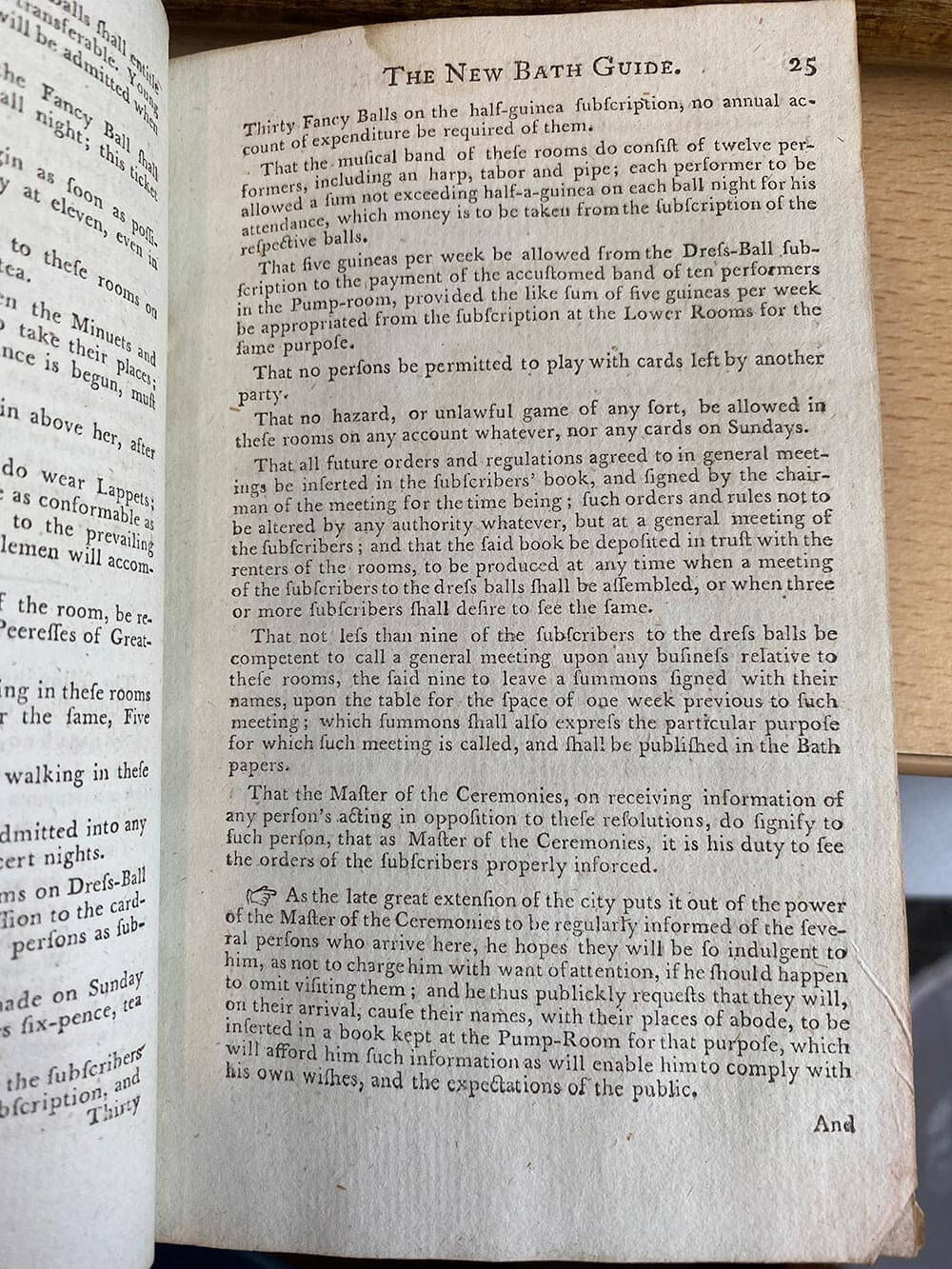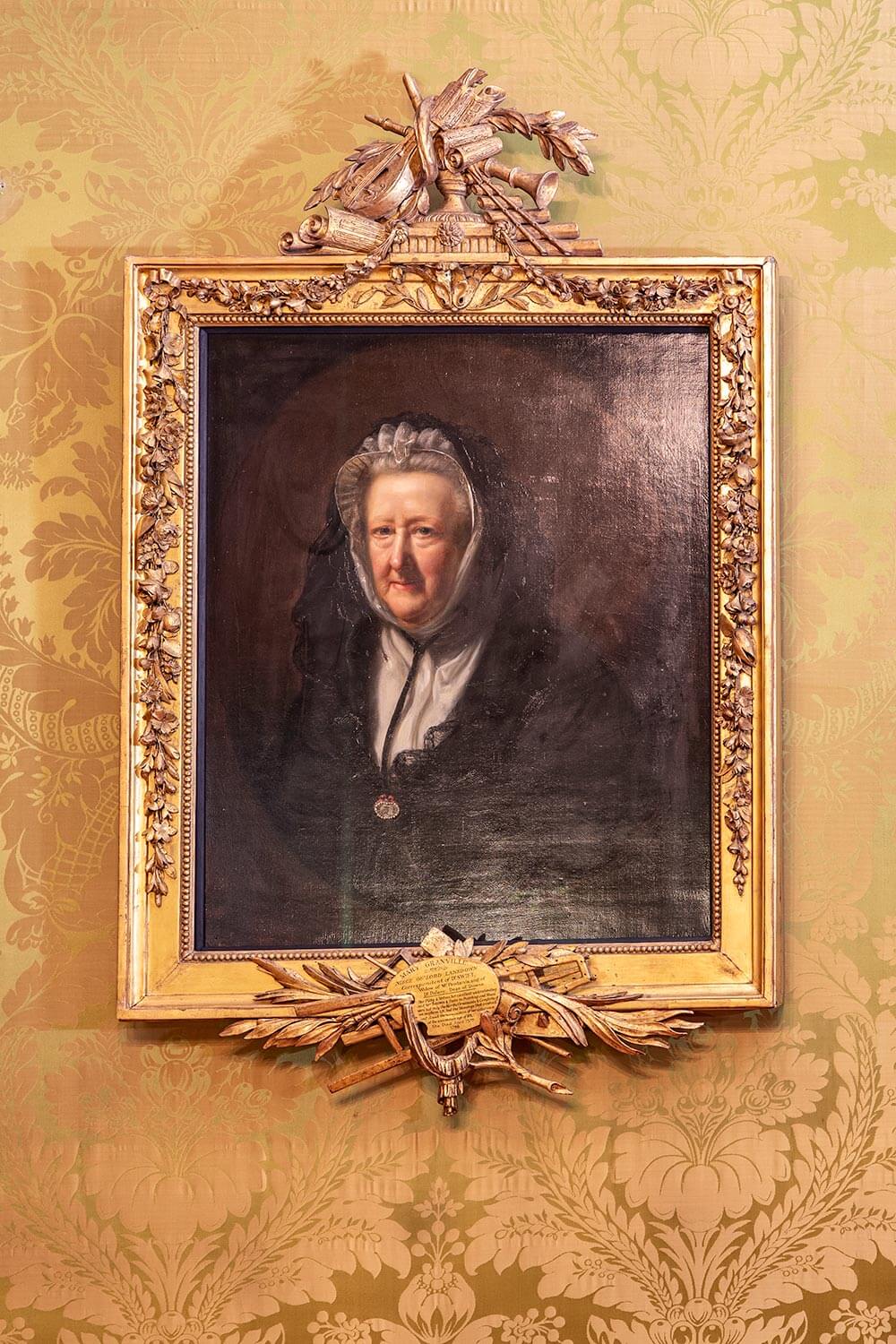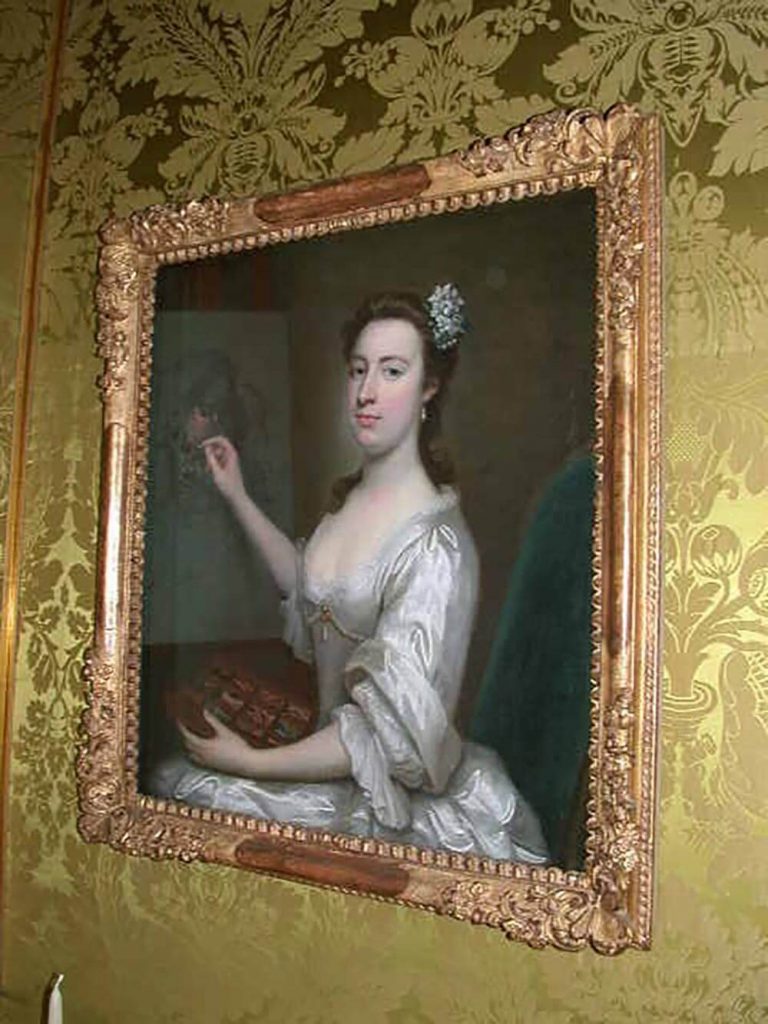Elegant, light and feminine, this room was used mainly for entertaining guests and was the most sumptuously decorated room in the house.
Ladies would take tea here after withdrawing from dinner, leaving the men in the Dining Room. The men would later join the ladies upstairs and perhaps play cards or listen to music played on the harpsichord.














